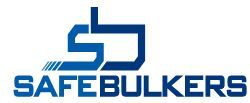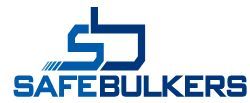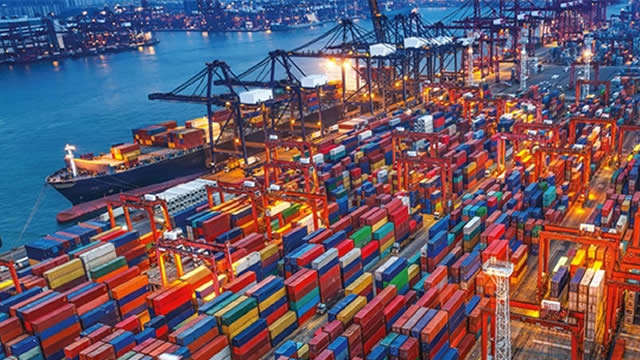
SB
Safe Bulkers, Inc.
$5.29
-0.08
(-1.49%)
| Exchange: | |
| Market Cap: | 541.273M |
| Shares Outstanding: | 54.5M |
About The Company
| Sector: | Industrials | |||||
| Industry: | Marine Shipping | |||||
| CEO: | Polys Hajioannou | |||||
| Full Time Employees: | 941 | |||||
| Address: |
|
|||||
| Website: | https://www.safebulkers.com |
Safe Bulkers, Inc., together with its subsidiaries, provides marine drybulk transportation services. It owns and operates drybulk vessels for transporting bulk cargoes primarily coal, grain, and iron ore. As of March 18, 2022, the company had a fleet of 40 drybulk vessels having an average age of 10.4 years; and an aggregate carrying capacity of 3,925,500 deadweight tons. Its fleet consisted of 12 Panamax class vessels, 7 Kamsarmax class vessels, 15 post- Panamax class vessels, and 6 Capesize class vessels. Safe Bulkers, Inc. was incorporated in 2007 and is based in Monaco.
Click to read more…
Revenue Segmentation
EPS
Earnings Call
Income Statement
(* All numbers are in thousands)
Balance Sheet
(* All numbers are in thousands)
Cash Flow Statement
(* All numbers are in thousands)
Analyst Estimates
(* All numbers are in thousands)






